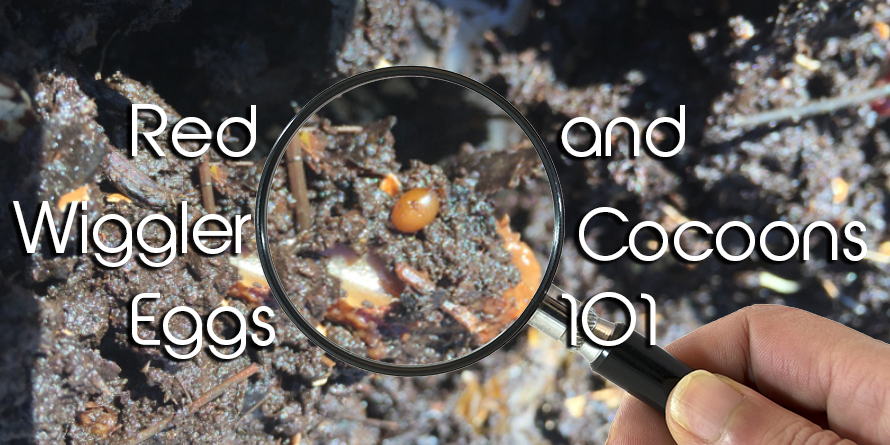Lake Hickory Bait: Reliable Supplies for Every Level of Fishing
Lake Hickory Bait: Reliable Supplies for Every Level of Fishing
Blog Article
Red Wigglers: The Unsung Heroes of Organic Waste Recycling
Red wigglers, or Eisenia fetida, work as crucial representatives in the organic waste recycling process, changing thrown out materials into valuable vermicompost. Their reliable failure of natural matter not only improves dirt top quality yet also adds to lasting waste management techniques. As the globe progressively looks for solutions to fight waste accumulation and improve agricultural performance, recognizing the role of these worms comes to be essential. What mechanisms enable them to prosper in compost environments, and just how can they be successfully made use of in both residential and commercial settings? Checking out these questions discloses the broader implications of vermicomposting in our eco-friendly landscape.
What Are Red Wigglers?
The impressive resilience of red wigglers, scientifically understood as Eisenia fetida, highlights their crucial role in organic waste recycling. These small, reddish-brown earthworms are typically located in breaking down organic issue, such as compost heaps and manure loads. Lake Hickory Bait. Unlike various other earthworm types, red wigglers prosper in nutrient-rich settings and are extremely reliable at breaking down organic materials, making them crucial for vermicomposting

(Red Wiggler Express)Along with their role in waste reduction, red wigglers add to soil wellness by improving dirt structure and aeration via their delving activities (Lake Hickory Bait). Their visibility in composting systems not only improves decay prices but likewise advertises a sustainable technique to throw away administration, showing their relevance in ecological conservation efforts
Benefits of Composting With Worms
Composting with worms, specifically red wigglers, uses numerous benefits that improve both waste management and dirt health. Initially, these worms efficiently break down natural waste, transforming it into nutrient-rich vermicompost that improves soil. This procedure increases disintegration, allowing for a much faster recycling of cooking area scraps and other natural products contrasted to conventional composting approaches.
Additionally, the vermicompost generated by red wigglers is including beneficial microbes, which aid enhance dirt structure, aeration, and dampness retention. This enhances the total health of plants, advertising vigorous growth and enhanced returns in yards and agricultural setups. The usage of worms in composting lessens the manufacturing of greenhouse gases, such as methane, contributing to an extra lasting waste management system.

How to Start Vermicomposting
Developing a vermicomposting system is a simple process that can yield substantial advantages for both waste monitoring and soil enrichment. To start, select an ideal container, such as a plastic container or wooden box, with adequate air flow openings to ensure correct air flow. The measurements need to preferably be about 2 feet by 3 feet, allowing enough area for the worms to grow.
Following, prepare bed linens product, which can contain shredded newspaper, cardboard, or coconut coir. This bed linens should be dampened to create an ideal environment for the worms. When the bed linens remains in place, introduce red wigglers (Eisenia fetida) right into the container, normally around one pound of worms for every square foot of surface.
Complying with the placement of worms, add natural waste, such as vegetables and fruit scraps, coffee premises, and smashed eggshells. Avoid including milk, meat, or oils, as these can create smells and bring in bugs. Lastly, place the container in a shaded, temperature-controlled area to maintain optimal conditions for worm activity. With these actions, you will effectively launch a vermicomposting system that contributes to sustainable waste administration and enriches your dirt.
Keeping a Healthy And Balanced Worm Container
(Red Wiggler Express)Maintaining a worm bin growing calls for regular attention and treatment to make certain the health of the red wigglers and the efficiency of the composting procedure. Appropriate upkeep begins with checking the dampness levels; the container must be damp but not saturated. A good guideline is to maintain a consistency similar to a wrung-out sponge.
Aeration is crucial. Carefully blending the bedding and food scraps every couple of weeks stops compaction and makes sure that all worms have access to oxygen. Furthermore, it is vital to feed the worms appropriately. A well balanced diet of fruit and vegetable scraps, coffee premises, and crushed eggshells must be offered in moderation to prevent overfeeding, which can lead to smells and parasites.
If the container comes to be also hot or chilly, the worms may come to be stressed. By vigilantly handling these factors, one can maintain a robust and productive worm container.
Influence On Lasting Living
The successful upkeep of a worm bin not just benefits the health of red wigglers but additionally contributes dramatically to sustainable living techniques. By recycling natural waste, such as kitchen scraps and yard debris, red wigglers aid divert significant amounts of material from landfills. This reduction in waste not only reduces greenhouse gas emissions yet also reduces the environmental concern Going Here connected with waste monitoring.
Furthermore, the castings generated by red wigglers serve as a nutrient-rich natural plant food, enhancing dirt health and wellness and advertising plant growth. This all-natural choice to chemical fertilizers supports lasting agriculture and gardening techniques, minimizing reliance on synthetic inputs that can harm ecological communities. In addition, worm composting cultivates recognition of waste administration, motivating individuals and neighborhoods to embrace more lasting practices.

Final Thought
In summary, red wigglers serve as vital contributors to natural waste recycling via their effective decomposition of organic materials. By incorporating vermicomposting into waste administration approaches, individuals and neighborhoods can substantially decrease waste while advertising environmental sustainability.
Report this page